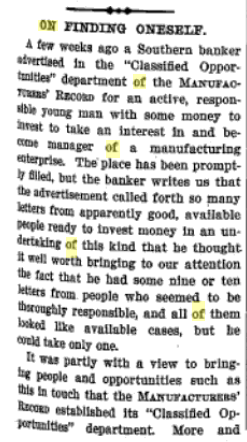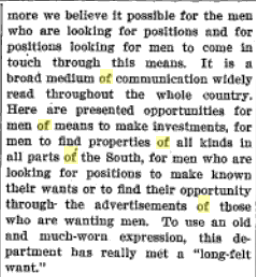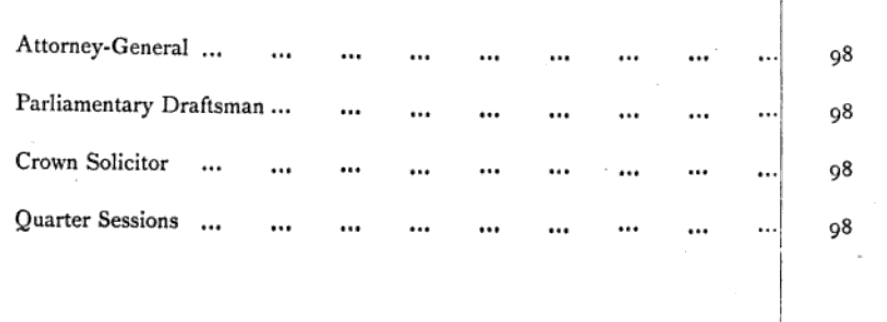Transportation Business collection
Reporting Governments, Banks, technologies.
non collections of
failed transportation of currencies.
United States: Levy and 12/06/2024 from 2020 December herein.
Restraint Against Trades.
Levy and Lien process for Products in and our of Governments that in land and sea Trade markets.
CD., Cum Dividend.
Transportation Business
Coviture of the balances come from words that allow the dip in bearing on the human.
FIRST BOOKS ON MANY SUBJECTS.
II.
THE OLDEST DICTIONARY.
The oldest English Dictionary is not that by Dr. Johnson, as so many appear to think. There were many such lexicons before his day, and the earliest of them all was Dr. John Williams’s “An Alphabetical Dictionary,” appended to the author’s “Essay Towards a Real Character and a Philosophical Language,” published in 1668.
Everybody seems to know that the first printed London Directory appeared in 1677, frequent notices in the press being accountable for much, but how many are aware that the art of living in London was first reduced to a science by Roger Crab, who in 1655 published a book, the first of its kind ever seen, in which he discourses at length on the scandalous extravagance of all who expended more than three farthings per week upon their food. This, perhaps, is primarily a freakish book, evolved from the inner consciousness of Roger Crab, who was not by any means a miser, but merely a “hermite,” who just kept himself alive and was satisfied with his lot.
The earliest attempt to introduce phonetic spelling is afforded, so far as is known, by Butler’s “Feminine Monarchy,” first published at Oxford in 1609, and the “Polygraphia” of Trithemius, 1518, furnishes the first attempt at secret writing. The earliest col. lection of Maps of England and Wales is found in the work of Christopher Saxton, which first saw the light in the days of Eliza- beth. The maps number 35. and were published separately between. 1573 and 1579, when a title and index were added and the whole. series published in book form. It may be noted that the re-issue “printed by William Web at the Globe in Cornhill” in 1645 is not by any means of equal interest, and the same remark applies to the still later re-issue by Philip Lea.
AN EARLY STEAMBOAT.
The first practical suggestion for a Steam Boat which appeared in print is identified with Jonathon Hulls” Description and Draught of a new invented machine for carrying vessels out of or into Har- bour,” published in 1737, while the earliest book on shipbuilding is said to be Garcia de Palacio’s “Instrucion Nauthica,” printed in the City of Mexico in 1587. At that time ships were navigated, as a rule, by means of sails, but some, especially those for coastal work, were rowed after the manner of the Roman galleys, having two or more banks of oars. Many attempts were made to super- sede this expensive system by means of mechanism, and the first book to suggest any real effectual method was Savery’s “Naviga tioa Improved or the art of Rowing Ships of all Rates, also a De scription of an Engine that performs it,” 1698.
A RICH FIELD.
A collector who set about forming a library of first books, and, what is greatly to the point, learned to know them, would constitute himself a mine of curious information hardly to be obtained else where by the time he had advanced some little way upon his task. He could never complete it, for life is short and much time would have to be spent in research, to say nothing of considerable expense, for many of these books are noted well, and are sought for even now far and wide. Many, however, are comparatively easy to acquire, and would be snapped up on the instant if they were only recog- nised for what they are. The collector needs some new field for his activities, and he has it here, as also among those “strange” books which are met with from time to time-books printed upon blotting paper or upon wood, hooks with titles of extreme length or contain- ing nothing but words commencing with the same letter, of which there are several examples known to a few, who have made notes of them as they were brought to their notice.
As a rule the collector follows the beaten track, having neither time nor inclination to make one for himself. If very seriously in- clined he will study topography, and when a book comes to his hand. look at the printer rather than the man who wrote it, and seem to care nothing about its contents. These may certainly be collectors in the sense that they accumulate, but they are not of the old and learned school, but of the new, where details only are taught and every little variation in format or text exploited as though it were the soul of the book itself, its spirit even. its beginning and its end.
Authorities
DUTIES
indebtedness and taxation;
Collection Field
PLANT
AUDITOR
CER



cerf.
PROGRAM
ON-BOARDING LEVY LIEN CAP.

CSPAN
SHARES BASE RATIO VALUES ARISE FROM WITHIN ESTABLISHED BRANCHES OF GOVERNMENTS